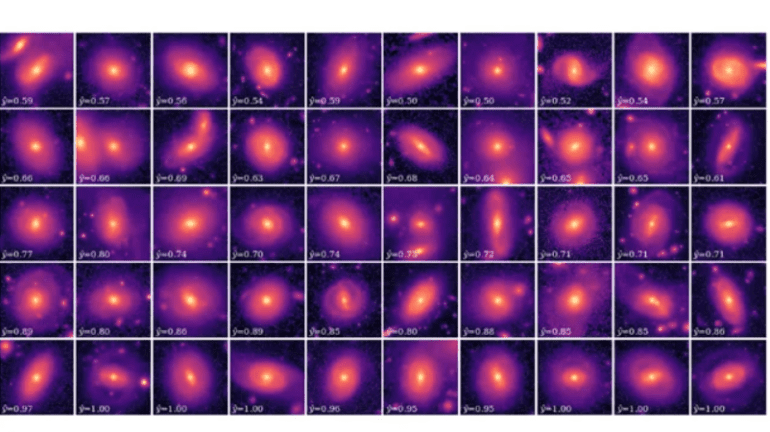- Citizen scientists and AI collaboration unveil 430,000 galaxies, including 30,000 rare ring galaxies.
- “GALAXY CRUISE” project harnesses 10,000 volunteers to sift through Subaru Telescope data.
- AI’s rapid classification identifies galaxies, aiding astronomers in understanding galactic formations.
- Ring galaxies, intermediaries between spirals and ellipticals, formed by violent collisions.
- Research published in January in Publications of the Astronomical Society of Japan.
Main AI News:
Citizen scientists and artificial intelligence have collaborated to unveil an astonishing revelation: a remarkable array of 430,000 galaxies scattered throughout the cosmos. Among these cosmic treasures lie 30,000 ring galaxies, an exceptionally rare gem in the galaxy realm.
This groundbreaking discovery marks the inaugural findings from the “GALAXY CRUISE” citizen science initiative. Spearheaded by 10,000 volunteers, these intrepid individuals meticulously combed through data collected by the Subaru Telescope. Nestled atop the dormant volcano Maunakea in Hawaii, the Subaru Telescope, boasting an 8.2-meter optical-infrared lens, serves as a beacon of astronomical exploration, capturing an abundance of celestial data. Yet, amidst this wealth of information, astronomers grapple with the daunting task of identifying and classifying newly discovered galaxies. Enter the legion of citizen scientists, augmented by the guiding hand of AI.
“AI classification, though swift, relies fundamentally on the extensive data amassed by GALAXY CRUISE over the past biennium,” remarked Rhythm Shimakawa, the project’s lead and a researcher at Waseda University. “We extend our deepest gratitude to the citizen astronomers whose fervent dedication fueled this endeavor. May this collaboration herald a future marked by further synergistic achievements.”
In the pursuit of rare cosmic phenomena, AI emerged as a pivotal ally. Galaxies exhibit an eclectic array of forms, each offering a glimpse into its unique galactic narrative. While the Milky Way, our celestial abode, stands as a testament to the elegance of spiral galaxies, the enigmatic ring galaxies occupy a far more elusive niche, constituting a mere fraction of the observable universe.
Characterized by dense cores ensconced within luminous rings of youthful stars, ring galaxies, such as the famed “Hoag’s Object,” present a celestial spectacle unparalleled in its rarity. To expedite the classification process, Shimakawa and his cohort acquainted AI with human-generated galaxy catalogs, laying the groundwork for an automated analysis of 700,000 galaxies within the Subaru dataset.
The AI swiftly identified 400,000 galaxies as spiral in nature, while singling out 30,000 ring galaxies, thereby furnishing astronomers with a robust dataset conducive to substantive analyses. Through meticulous scrutiny, the team discerned distinctive characteristics within ring galaxies, positioning them as intermediaries between spiral and elliptical galaxies.
Current hypotheses posit that ring galaxies arise from the cataclysmic collision of two spirals, obliterating their defining features and birthing a new galactic structure. This theory aligns with recent revelations, which postulate a unique genesis for ring galaxies, catalyzed by the violent convergence of cosmic titans.
In transcending the boundaries of conventional discovery, the team’s findings not only enrich our comprehension of these elusive cosmic entities but also underscore the transformative potential of AI in navigating the labyrinthine depths of astronomical datasets.
Published in January within the esteemed pages of the Publications of the Astronomical Society of Japan, the team’s research stands as a testament to the indomitable spirit of collaboration driving humanity’s quest to unravel the mysteries of the cosmos.
Conclusion:
The collaboration between citizen scientists and AI in uncovering 430,000 galaxies, notably 30,000 ring galaxies, heralds a new era of astronomical exploration. This paradigm shift not only enriches our understanding of cosmic phenomena but also underscores the transformative potential of AI in navigating complex datasets. As advancements continue, industries reliant on data analysis and collaboration may find innovative solutions and opportunities emerging from such interdisciplinary efforts.

